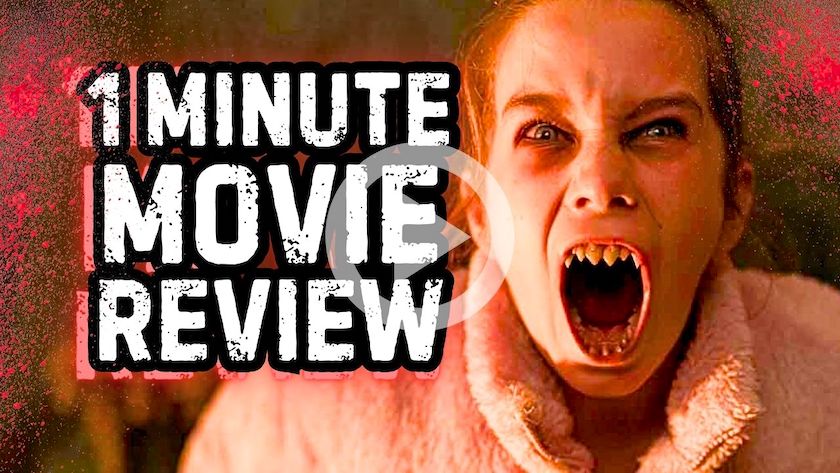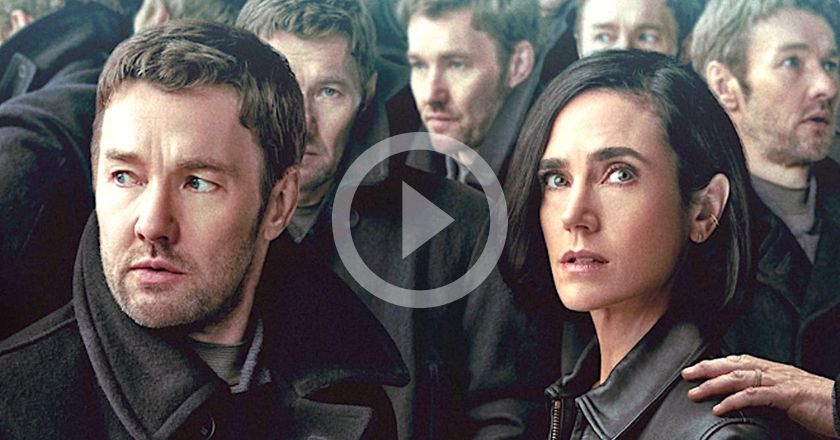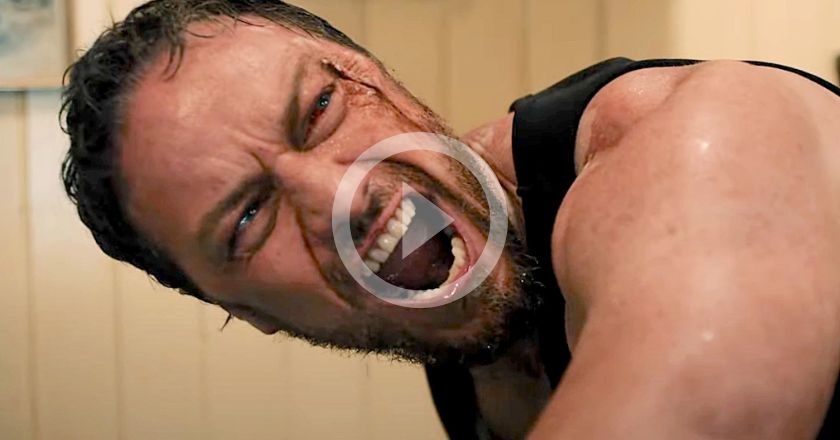
Nick Cave is more than a cult icon. The 57-year-old Australian is always more than a rock star. He’s a songwriter, a poet, a screenwriter, an author, a composer and occasionally an actor. He’s instantly recognisable with his whippet-thin build, Severus Snape hair, heavy brows and deep, velvety vocals. The 57-year-old is always brooding, contemplative, intense. The camera loves Nick Cave, so, it’s only natural he be the star of his own story.
In 20,000 Days on Earth (the directorial debut from British visual artists Iain Forsyth and Jane Pollard), the Nick Cave and the Bad Seeds and Grinderman frontman relives key moments of his life – his 20,000 days on earth – to find the quirks and memories that make him who he is today. We explore the ‘real Nick’ juxtaposed against the ‘frontman Nick’, and how his family, collaborators, contributions, music and musings have shaped his life.
It’s a documentary, but not in the conventional sense. It’s more of a nostalgia trip; an exploration of mythology, creativity and the healing power of music. The film looks stunning too, with Forsyth and Pollard’s background in visual art creating a polished, almost dreamlike aesthetic to the filming style.

The opening sequence is an instant hook. It’s a fast-paced, loud, hectic montage of snapshots of Cave’s life from childhood to fame, clocking up the days right up to 20,000. From his home in England’s windy and wet Brighton, Cave takes a trip – literally and metaphorically – down memory lane.
Bad Seeds best mate Warren Ellis is an absolute delight on screen, incidentally providing real and effortless comic relief and anecdotes throughout. One anecdote involving a frosty encounter with American blues legend Nina Simone is particularly wonderful. Cave and Ellis are a comfortable on-screen musical couple, with a quietly zealous zest for life that manifests and fuels their collectively creative fire.
The film recreates their creative processes, with sequences in the studio re-enacting the recording of 2013’s “Push the Sky Away”. There are intermittent sessions with British psychoanalyst and therapist Darian Leader, with Cave’s honest responses about his childhood, his father, religion, drugs and sexuality, a refreshing antidote to the obvious staged manner of those moments.

Then there are the scenes where Cave plays host to the ghosts from his past – the people who have most affected his creative life. He has three interviewees/passengers who materialise suddenly in the backseat of Cave’s black 1980’s Jaguar X to discuss their collaborations. Cockney British actor Ray Winstone talks performance and personas, “Where The Wild Roses Grow” duet partner Kylie Minogue talks Michael Hutchence and sex appeal, and German musician and amicable former Bad Seed Blixa Barged opens up about the real reason he left the band in 2003.
Cave is a natural narrator – a natural storyteller – and although his perspectives on the banal are of course verbose and lyrical in there prose, his train-of-thought is easy to follow, and his experiences fun to relive. He riffs on growing up in Wangaratta, his gorgeous model wife Susie Bick and how terrified he was when they discovered they were having twins.
This “day in the life” pseudo-documentary is beautifully made, and blends both reality and fiction into a self-aware, intertextual romp through the life and times of Nick Cave. It’s a tiny bit self-indulgent, often funny and always intriguing, with reimagined cinema verité origins on full experimental display. The film weaves its two parallel narratives with ease as it recreates the lusciously complex world of the enigmatic Nick Cave, and all he has come to stand for.
THE REEL SCORE: 8/10







